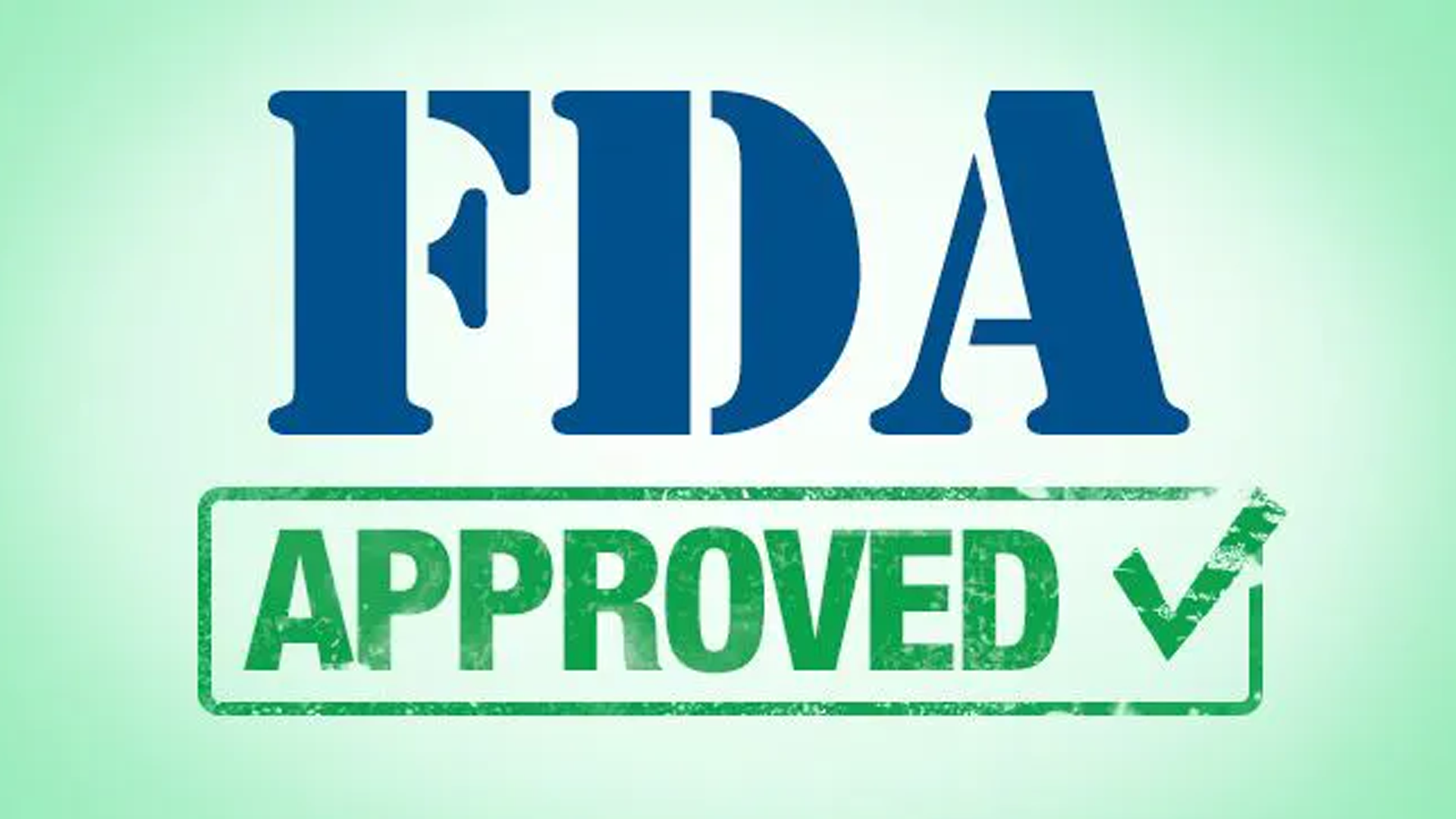FDA Approves Inotuzumab Ozogamicin for Pediatric Patients With ALL
The antibody-drug conjugate inotuzumab ozogamicin was approved by the FDA for the treatment of patients aged 1 year and older with relapsed or refractory CD22-positive B-cell precursor acute lymphoblastic leukemia.
FDA Approves Inotuzumab Ozogamicin for Pediatric Patients With ALL

The FDA has approved inotuzumab ozogamicin (Besponsa) for the treatment of pediatric patients aged 1 year and older with relapsed or refractory CD22-positive B-cell precursor acute lymphoblastic leukemia (ALL).
The approval is based on findings from a multicenter, single-arm, open-label study with 53 pediatric patients aged 1 year and older with relapsed or refractory CD22-positive B-cell precursor ALL, according to an alert from the FDA. Researchers evaluated an initial dose of 1.4 mg/m2/cycle in 12 patients and 1.8 mg/m2/cycle in 41 patients. Before receiving doses, patients were premedicated with 1 mg/kg of methylprednisolone (a maximum of 50 mg), an antihistamine, and an antipyretic. Of note, patients in the study received a median of 2 cycles of therapy (range, 1-4 cycles).
The main efficacy outcome measures of this study were complete remission (CR), proportion of patients with minimal residual disease (MRD) negative, and duration of CR. In the study, CR was defined as less than 5% blasts in the bone marrow and the absence of peripheral blood leukemia blasts, resolution of any extramedullary disease, and full recovery of peripheral blood counts (platelets 100 or less x 109 and ANC ≥1 x 109/L). MRD was defined by leukemic cells comprising less than 1 x 10-4 (< 0.01%) of bone marrow nucleated cells by PCR or flow cytometry.
In all the patients from the study, 22/53 achieved CR (42%; 95% CI, 28.1%-55.9%) with a median duration of CR of 8.2 months (95% CI, 2.6-NE). In patients who achieved CR, the MRD negativity rate was 21/22 (95.5%; 95% CI, 77.2%-99.9%) from flow cytometry and 19/22 (86.4%; 95% CI, 65.1%-97.1%) per PCR.
The most common adverse reactions, occurring in at least 20% of patients in the study, included pyrexia, thrombocytopenia, vomiting, anemia, hemorrhage, infection, nausea, neutropenia, febrile neutropenia, leukopenia, abdominal pain, increased transaminases, and headache, according to the alert from the FDA.
The recommended dose of the first dose of inotuzumab ozogamicin is 1.8 mg/m2 per cycle, administered in 3 divided doses on day 1 (0.8 mg/m2), day 8 (0.5 mg/m2), and day 15 (0.5 mg/m2). The first cycle is 3 weeks in duration but can be extended to 4 weeks if the patient achieves a complete remission with or without incomplete hematologic recovery, and/or to allow for recovery from toxicity, the FDA noted.
Inotuzumab ozogamicin previously received FDA approval for the treatment of adults with relapsed or refractory B-cell precursor ALL.


